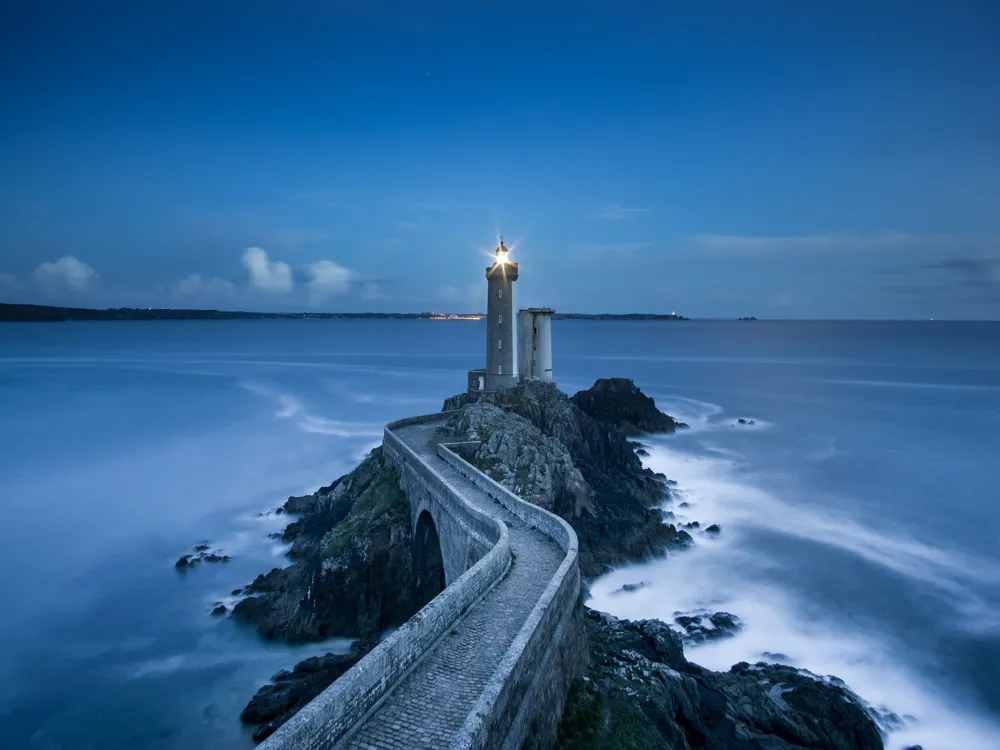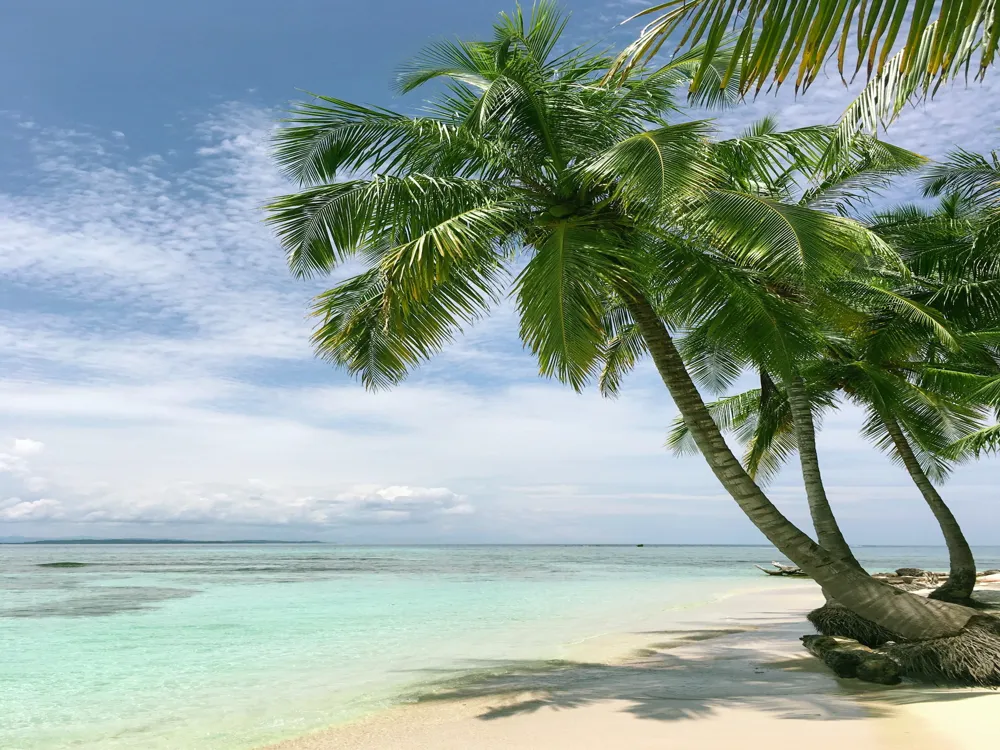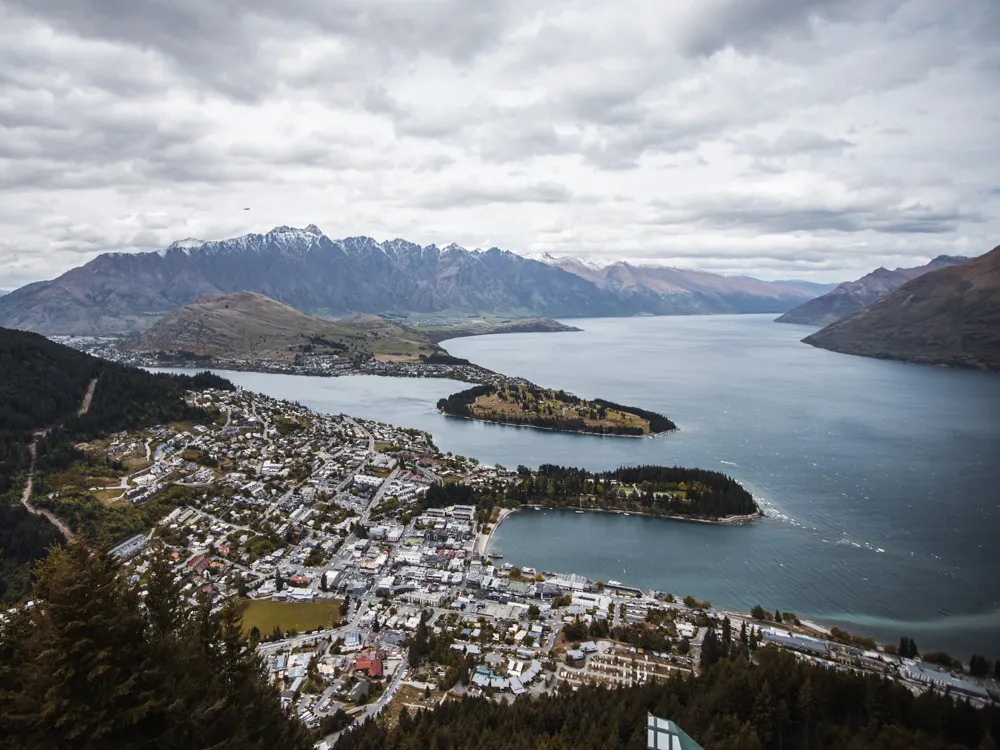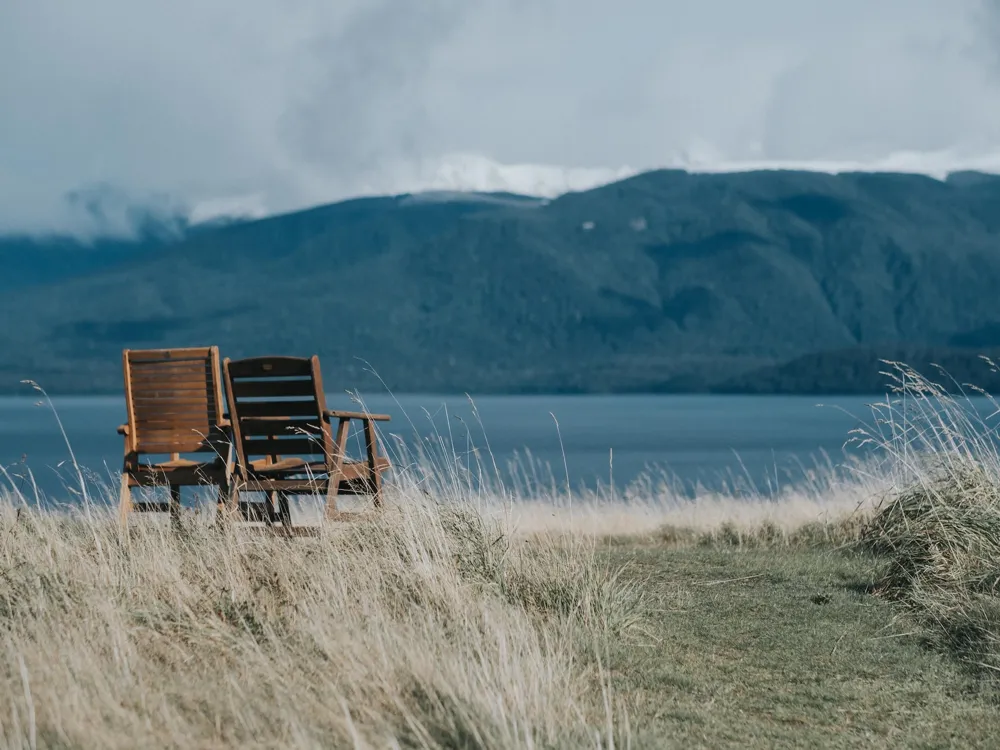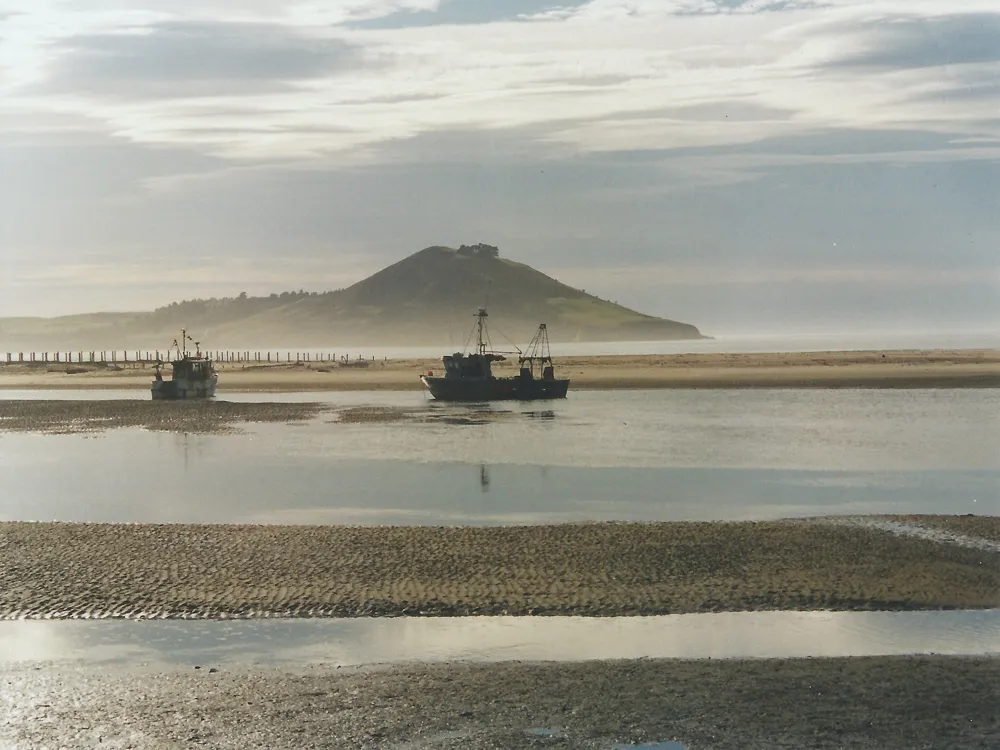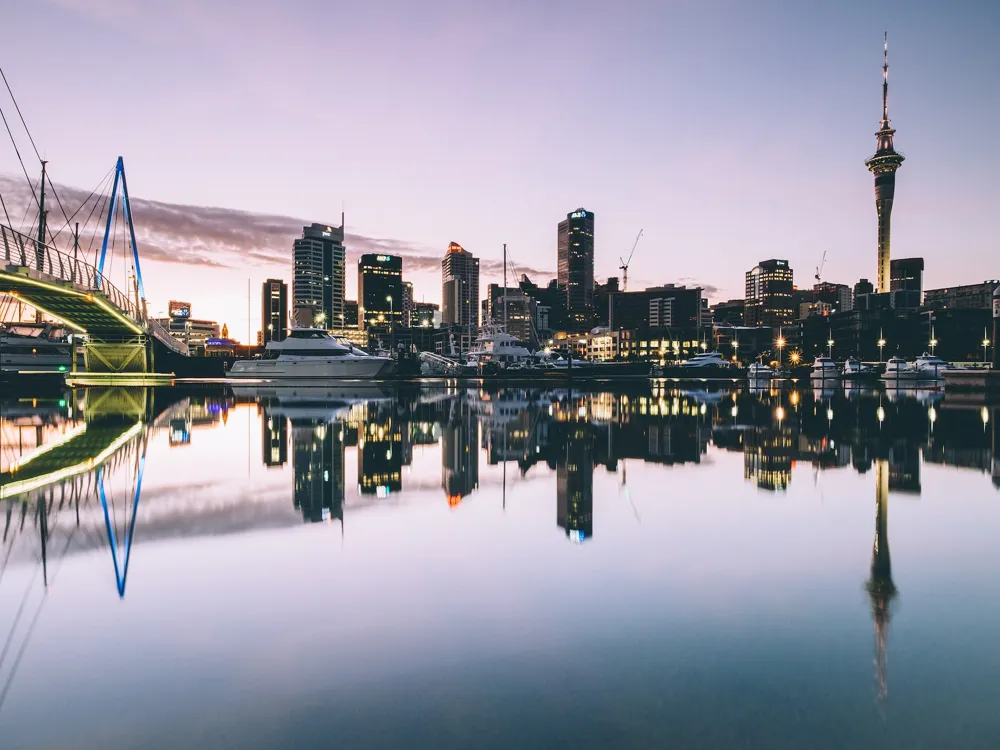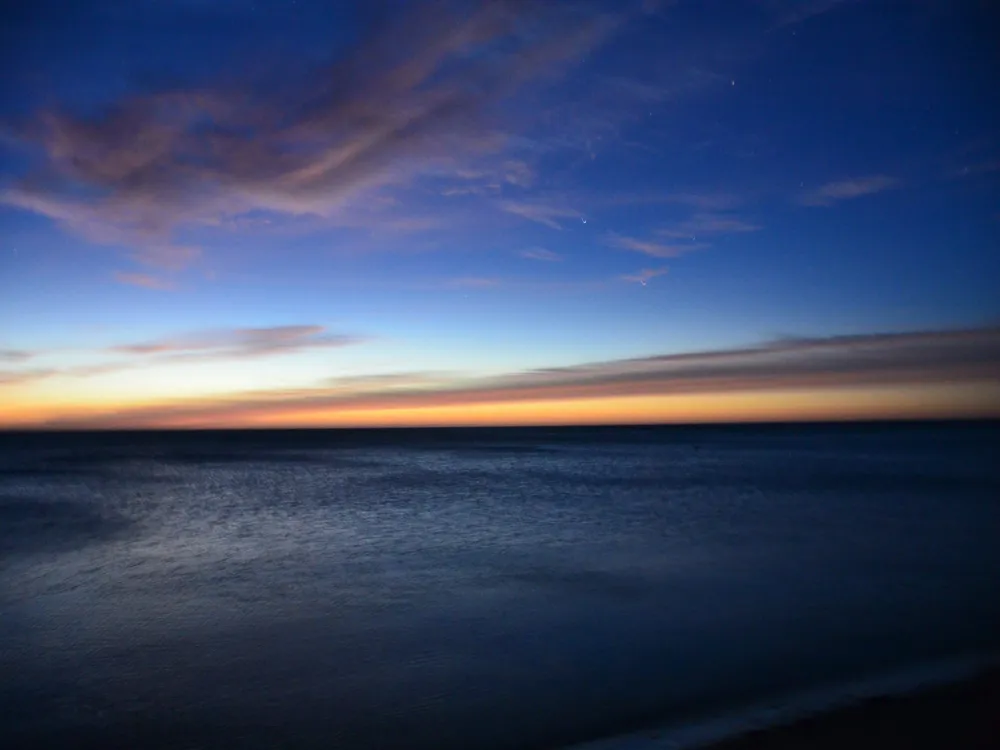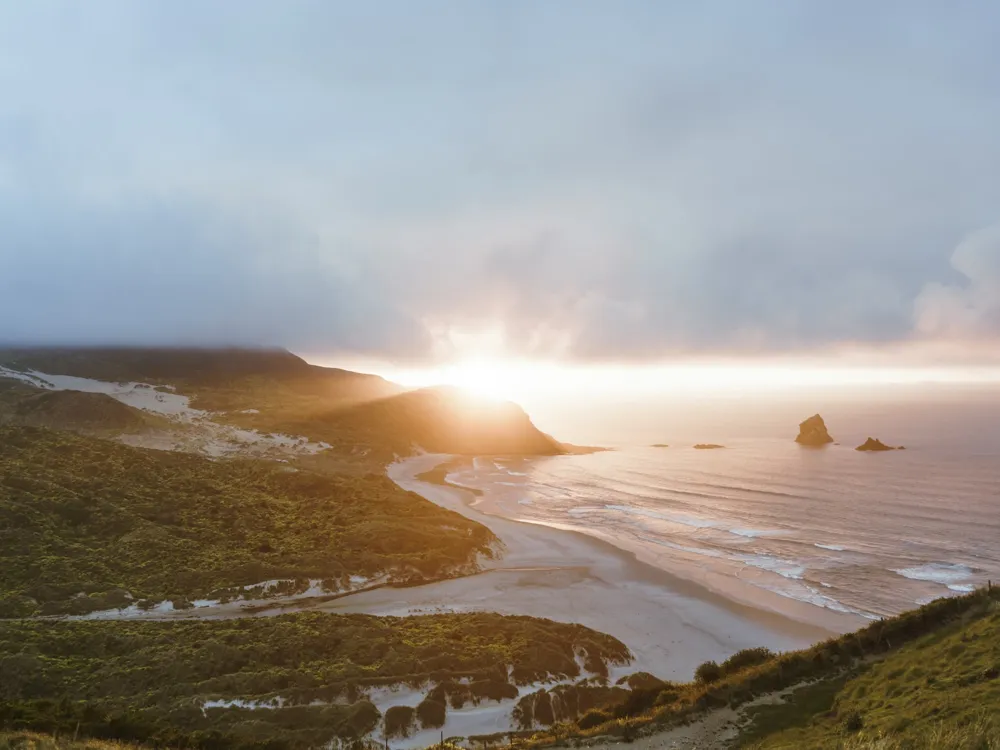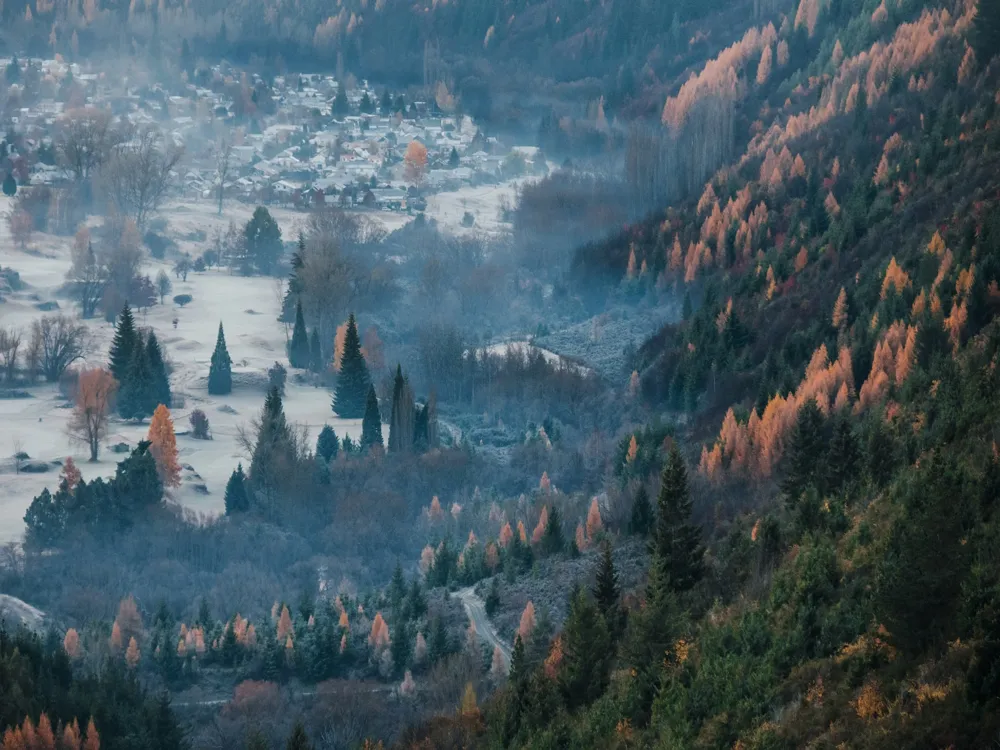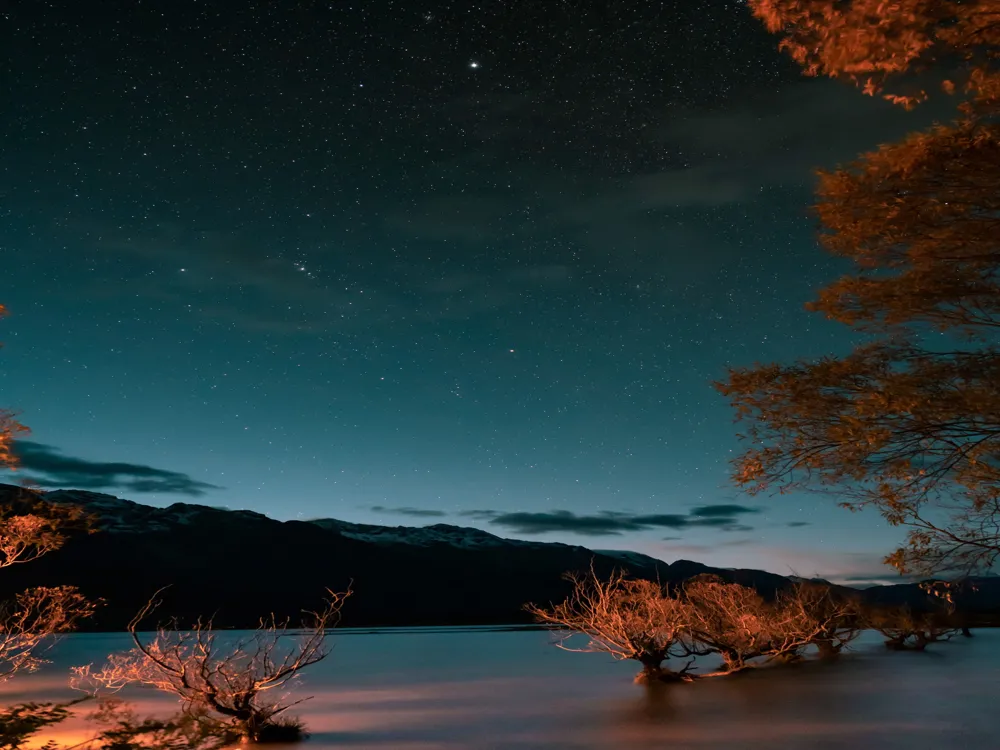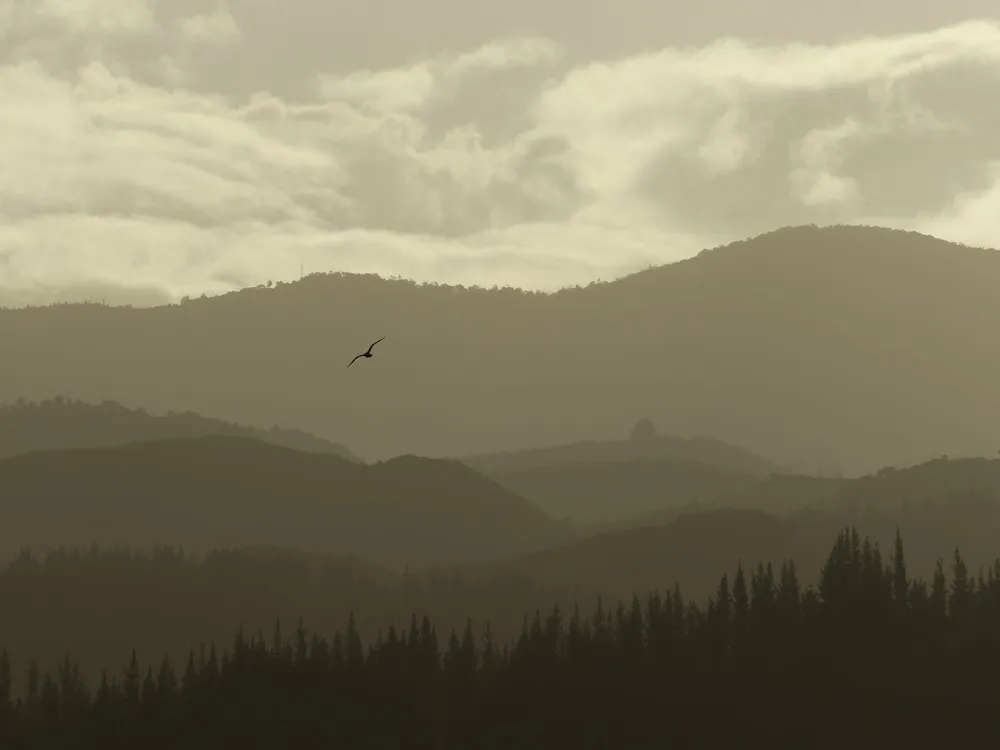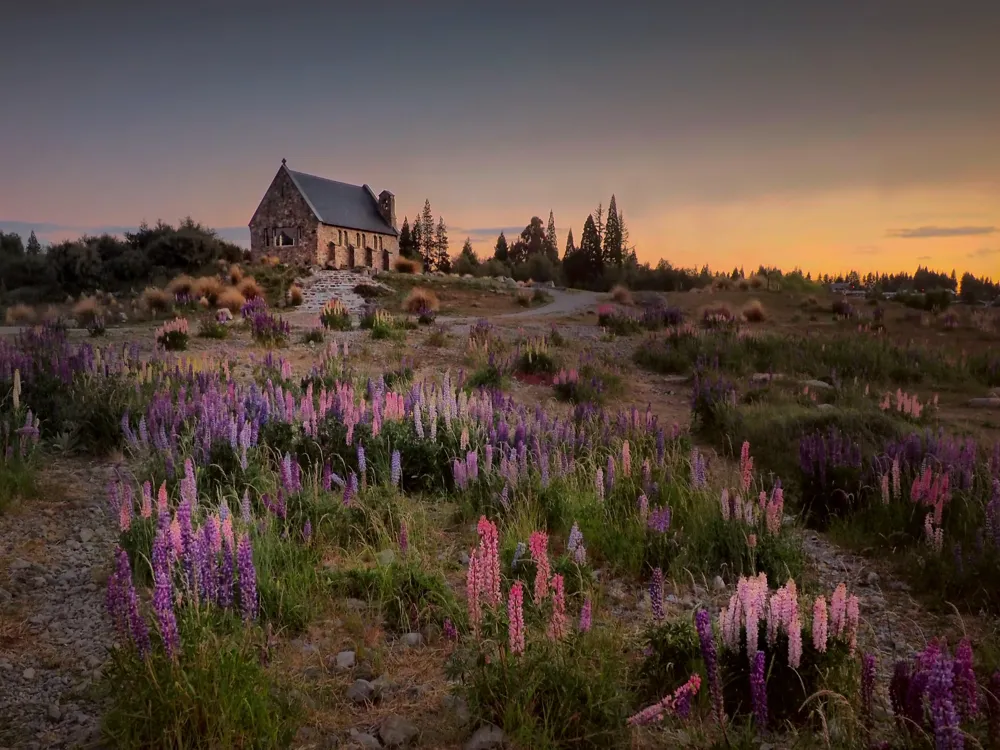Porpoise Bay, a hidden gem in Invercargill, New Zealand, is a destination that mesmerizes visitors with its stunning natural beauty and unique wildlife. Known for its picturesque landscapes and serene environment, this bay offers a perfect escape from the hustle and bustle of city life. The bay's name, 'Porpoise Bay', is derived from the frequent sightings of the small and playful Hector's dolphins, a species native to New Zealand's waters. This spectacular location is not just a haven for wildlife enthusiasts but also a paradise for those seeking tranquility and a connection with nature. The bay's geography is a masterpiece of nature's artistry, featuring a sweeping crescent of golden sand fringed by rolling green hills. The waters are crystal clear, offering a pristine view of the marine life below. The beach's gentle slope makes it an ideal spot for swimming, while the surrounding cliffs provide breathtaking views of the South Pacific Ocean. The unique combination of coastal and terrestrial ecosystems creates a diverse habitat, supporting a wide range of flora and fauna. Porpoise Bay's climate is temperate, characterized by mild winters and warm summers, making it an all-year-round destination. The bay's location in the southern part of New Zealand's South Island exposes it to the Southern Ocean's currents, which play a significant role in shaping its climate and marine biodiversity. The area's rich history, dating back to the Maori settlement, adds an intriguing cultural dimension to the bay's natural allure. With its untouched natural beauty, Porpoise Bay is not just a tourist destination but also a vital conservation area. The bay is part of the larger Catlins Coast area, known for its efforts in preserving the natural habitat of many endangered species, including the rare yellow-eyed penguin and the New Zealand sea lion. The conservation efforts ensure that visitors can enjoy the beauty of Porpoise Bay while contributing to the sustainability of its ecosystem. The architecture of Porpoise Bay is a harmonious blend of natural and man-made structures, each complementing the other in a symphony of design and purpose. The built environment in and around Porpoise Bay is thoughtfully designed to preserve natural aesthetics while providing comfort and convenience to visitors. The architectural style is predominantly influenced by the region's history, culture, and the need for sustainable living. One of the most notable aspects of Porpoise Bay's architecture is its emphasis on eco-friendly and sustainable designs. Buildings are often constructed using locally sourced materials, such as timber from the surrounding forests, which not only reduces the environmental impact but also gives the structures a rustic and organic feel. The use of renewable energy sources, like solar and wind power, is common, aligning with the area's commitment to conservation and sustainability. Accommodations in Porpoise Bay range from cozy beachside cottages to modern eco-lodges, each offering a unique experience. The cottages are often designed with large windows and open spaces, allowing guests to immerse themselves in the stunning natural surroundings. The eco-lodges, on the other hand, are a testament to modern sustainable architecture, featuring advanced technologies for energy efficiency and minimal environmental impact. Public facilities, such as visitor centers and observation decks, are strategically placed to provide spectacular views without disturbing the natural habitat. These structures are typically low-rise and blend seamlessly into the landscape, often featuring green roofs and natural camouflage. The design philosophy extends to the walking trails and boardwalks, which are constructed to minimize disruption to the natural terrain while providing safe and accessible paths for visitors to explore the area. The ideal time to visit Porpoise Bay is during the summer months from December to February when the weather is warm and conducive for outdoor activities. However, for those interested in wildlife, the spring and autumn months offer the opportunity to witness the rich marine and bird life in a less crowded setting. When observing wildlife, such as Hector's dolphins and yellow-eyed penguins, it is crucial to maintain a respectful distance to avoid disturbing them. Use binoculars for a closer view and follow any guidelines provided by local conservation authorities. Book your accommodation in advance, especially during peak tourist seasons. Porpoise Bay offers a range of options from luxury eco-lodges to budget-friendly campsites, catering to various preferences and budgets. Always prioritize safety, especially when swimming or exploring coastal areas. Be aware of the tides and weather conditions, and heed any warnings or advisories from local authorities. Practice responsible tourism by minimizing your environmental impact. This includes disposing of waste properly, staying on designated paths, and supporting local businesses and conservation efforts. Reaching Porpoise Bay is a journey that adds to the charm of visiting this secluded paradise. The bay is located near the southern tip of New Zealand's South Island, making it accessible by various means of transportation. By Air: The nearest major airport is Invercargill Airport, which is well-connected to major cities in New Zealand. From the airport, Porpoise Bay is approximately a 2-hour drive, with car rental services readily available. By Road: Driving to Porpoise Bay offers a scenic route through the picturesque landscapes of Southland. The journey is an experience in itself, with the route passing through lush greenery and quaint towns. By Public Transport: While public transport options are limited, there are bus services that run to nearby towns. From there, local taxis or shuttle services can be used to reach Porpoise Bay. Regardless of the mode of transportation, the journey to Porpoise Bay is an integral part of the experience, offering visitors a glimpse into the beauty and tranquility of New Zealand's southern region. Read More:Overview of Porpoise Bay in Invercargill
Architecture of Porpoise Bay
Tips When Visiting Porpoise Bay
Best Time to Visit
Wildlife Viewing Guidelines
Accommodation Options
Safety Precautions
Responsible Tourism Practices
How To Reach Porpoise Bay
Porpoise Bay
Invercargill
NaN onwards
View invercargill Packages
Invercargill Travel Packages
View All Packages For Invercargill
Top Hotel Collections for Invercargill

Private Pool

Luxury Hotels

5-Star Hotels

Pet Friendly
Top Hotels Near Invercargill
Other Top Ranking Places In Invercargill
View All Places To Visit In invercargill
View invercargill Packages
Invercargill Travel Packages
View All Packages For Invercargill
Top Hotel Collections for Invercargill

Private Pool

Luxury Hotels

5-Star Hotels

Pet Friendly









